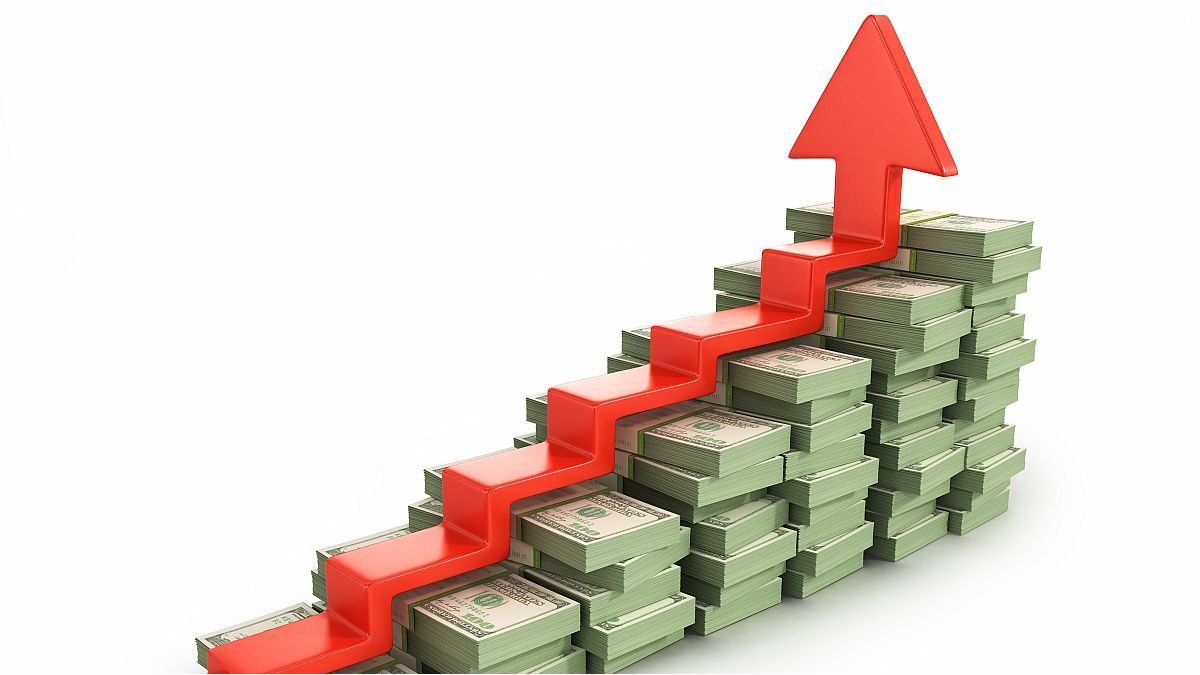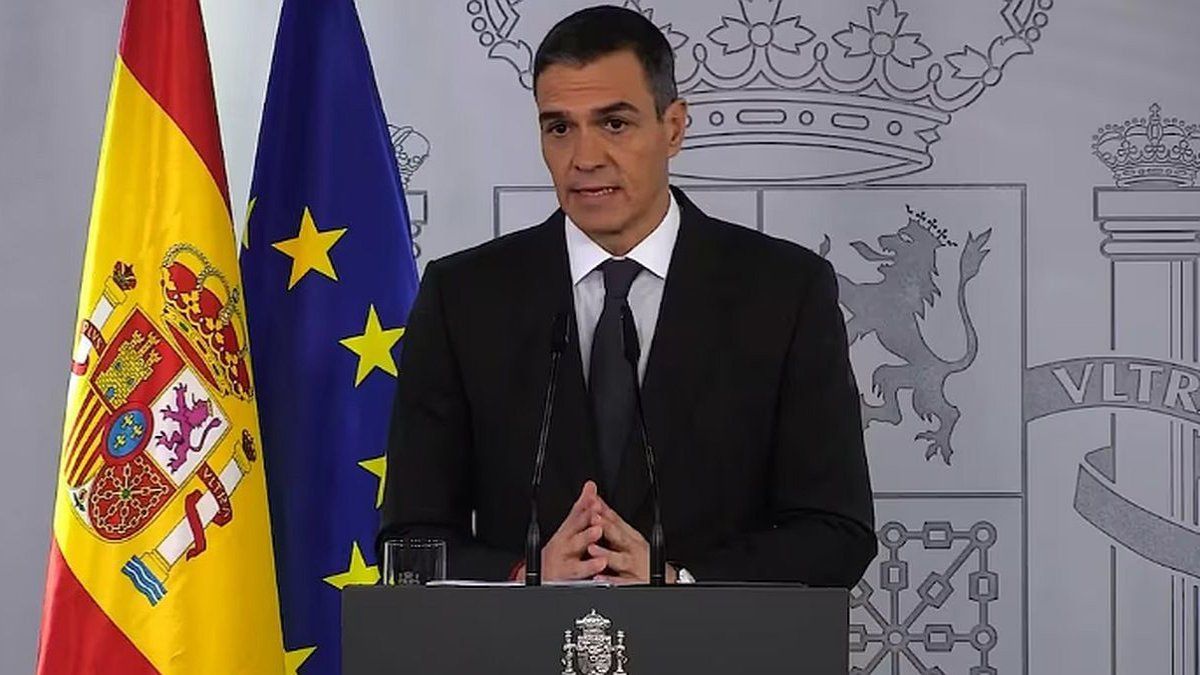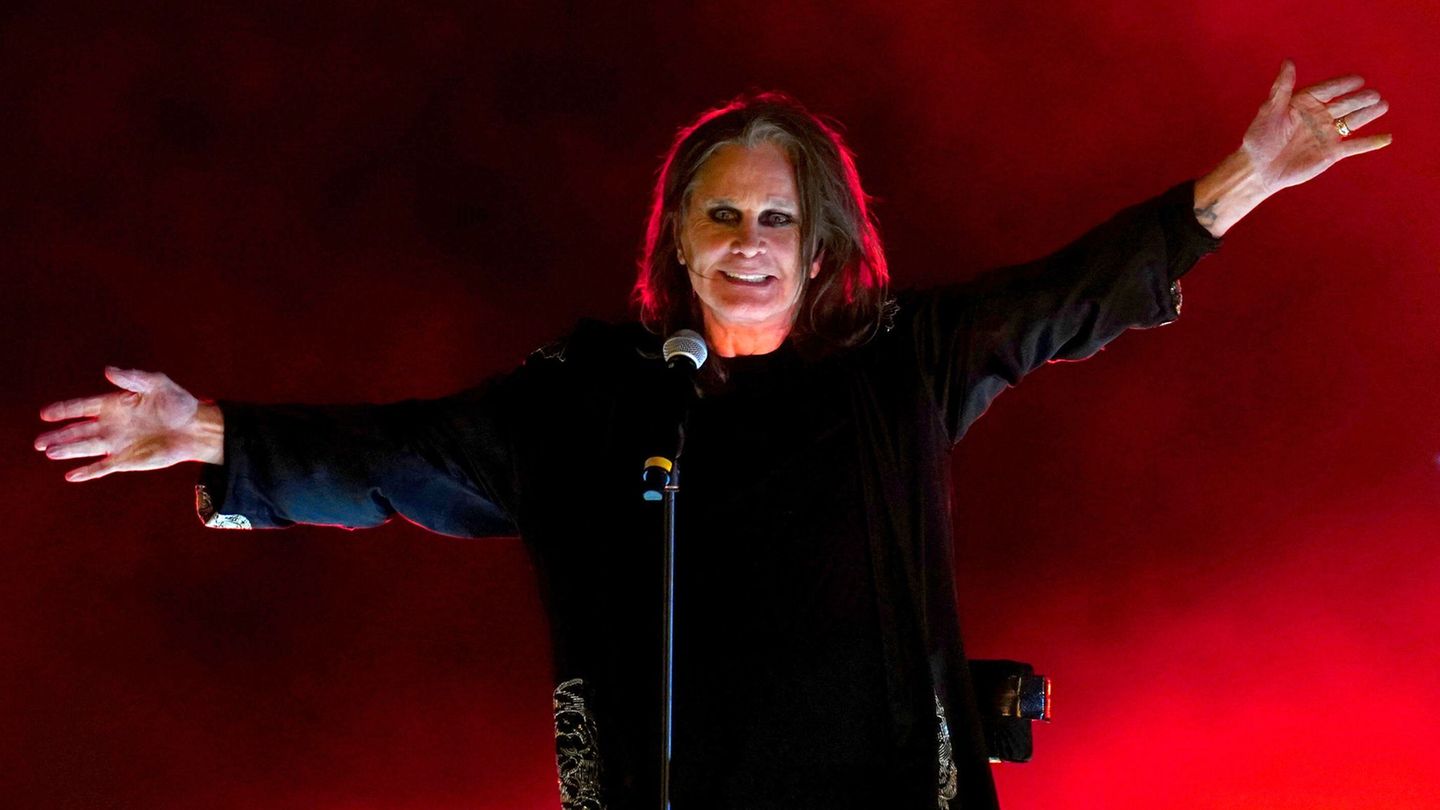The government that takes office on December 10 needs to increase the reserves, which are at US$21,168 million, to do so it urgently needs to obtain some international financing. The IMF wants to sign a new agreement after seeing what measures they take in the first days of government, while exporters would advance US$5 billion.
Once again there is talk that funds would arrive from Saudi Arabia or Qatar, no one knows for sure if this is going to happen or not. Many times there was talk of camels loaded with dollars, so far we have not even seen the camels.
Another way to attract dollars would be by setting a high exchange rate, whose price is formed in the market between the free forces of supply and demand. This would be the most correct, since it could invite economic agents to sell dollars to the Central Bank at some point. If this methodology is adopted, we could have a dollar close to $1,000, with the positive effect on exports, liquefaction of liabilities and possible increase in reserves; and the negative effect of rising prices on the economy, increased poverty and recession in the domestic market.
A high exchange rate would allow the government to withdraw many pesos from the market, since importers would have to pay for their imports at the new dollar value.
Currently, the government allows exporters to price their merchandise at a dollar of $650, while alternative dollars are trading at another $940. Giving ourselves a reality check and letting the dollar be free would be healthy, although a bit quite recessive. The future dollar for December is located at $770 and would be below the real price in the market.
Another alternative that was heard in the market is a dollar at $800, and the well-known version of a dollar at $650, in both cases it would be gradualism to the stick.
What happens to the BCRA’s liabilities?
The latest data available shows us that the Central Bank’s liabilities are $24.2 trillion, of which 6.8 trillion are in leliq. The government could unwind the remunerated liabilities and return the pesos it has in its liabilities to the banks or remunerate them at a 0% rate, so that they can use them to finance the private sector. If this happens, these pesos could go against the dollar and the dollar would rise to unknown levels.
Without going to that extreme, the National Treasury could give the banks a bond in dollars at an attractive rate, for the equivalent of the stock of leliq, in this way the remunerated monetary liabilities of the Central Bank would be reduced, but it would leave the banks barefoot in their contributions and with a possible loss when valuing the bonus they obtained in their financial statements. The rest of the money could return to the banks, leaving a flow of liquidity in the market that is placed in the provincial public sector in order to collaborate with the payment of bonuses.
Exceptional measures will probably need to be taken to allow banks to have more credit exposure to subnational states. If this happens, we could see a more liquid peso market, and probably a lower rate for the remainder of December. The surety rate is below 100% and is an excellent rate for financing.
Conclusions
. – It would be a pleasant surprise if the government obtained international financing to capitalize the Central Bank, and achieve less volatility in the price of the dollar, control inflation a little, and have an interest rate that is at sustainable levels.
. – Without external financing, all paths lead to an increase in the exchange rate, which makes it possible to give fluidity to the market, absorb pesos from importers, give competitiveness to exports, and begin a new path in terms of exchange and monetary policy.
. – It does not seem like a happy idea to place a treasury bond on the banks; that ends up paying for the financing of small and medium-sized businesses. This process will be the beginning of a long recession in the Argentine economy. We are no longer talking about stagnation with inflation, it will be recession with inflation.
. – If the government takes the path of setting the exchange rate in the area of $650 to $800, it will invariably have to coexist with a financial dollar, and this will push up the price of the dollar, which would surely be located above the $ 1,000, since many regulations that prevented the free access of economic agents to the purchase of dollars in the market will fall.
. – If the government fails to harmonize a monetary and exchange plan in the next few hours, a bank holiday should not be ruled out to align economic measures in the face of an economic legacy of characteristics never seen before due to the magnitude of losses suffered by the management taken by the government. rein of the country next Sunday.
Source: Ambito
David William is a talented author who has made a name for himself in the world of writing. He is a professional author who writes on a wide range of topics, from general interest to opinion news. David is currently working as a writer at 24 hours worlds where he brings his unique perspective and in-depth research to his articles, making them both informative and engaging.




